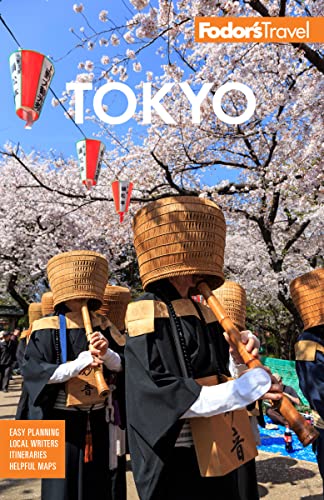Money
Japan can be expensive, but there are ways to cut costs. This requires, to some extent, an adventurous spirit and the courage to stray from the standard tourist paths. One good way to hold down expenses is to avoid taxis and try the inexpensive, efficient subway and bus systems; instead of going to a restaurant with menus in English and Western-style food, go to places where you can rely on your good old index finger to point to the dish you want, and try food that the Japanese eat.
ATMs and Banks
Your own bank probably charges a fee for using ATMs abroad; the foreign bank you use may also charge a fee. Nevertheless, you usually get a better rate of exchange at an ATM than at a currency-exchange office or even in a bank. Plus, extracting funds as you need them is a safer option than carrying around a large amount of cash.
The easiest way to withdraw money is at convenience-store ATMs; 7-Eleven stores and Seven Bank ATMs accept most internationally branded cards. ATMs at many regular Japanese banks do not accept foreign-issue cash or credit cards. UFJ and Shinsei banks are members of the Plus network. Post offices have ATMs that accept Visa, MasterCard, American Express, Diners Club, and Cirrus cards. In more rural areas, it can be difficult to find suitable ATMs, so it is best to get cash before venturing into the countryside. PINs in Japan are made up of four digits. In Japanese an ATM is commonly referred to by its English initialism, while a PIN is ansho bango. Most machines also have English on-screen instructions.




